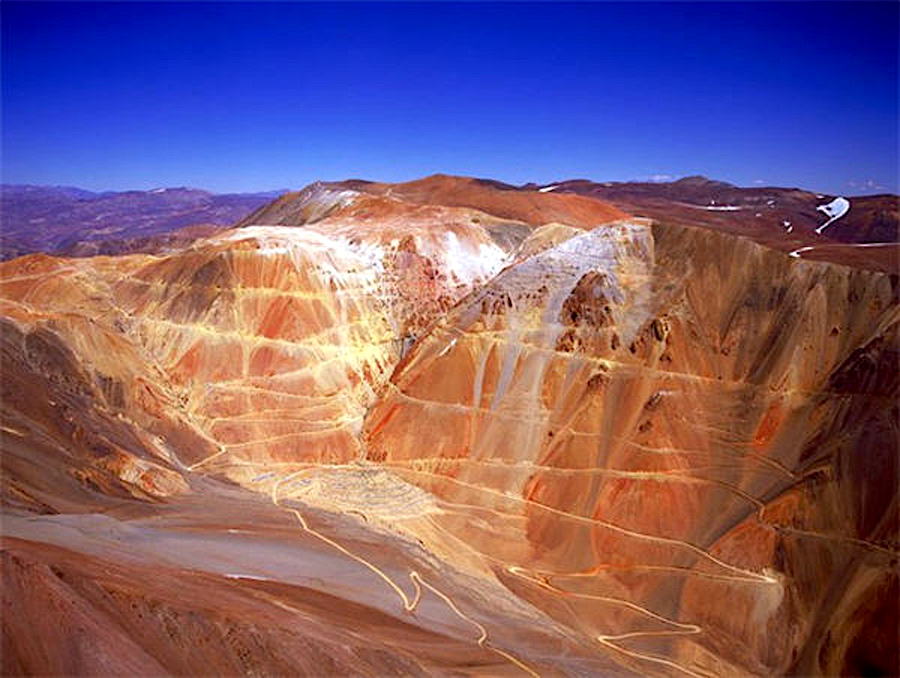Chile’s Supreme Court has ruled in favour of Barrick Gold (TSX:ABX) (NYSE:GOLD), revoking the permanent closure of the Canadian miner’s Pascua-Lama gold-silver project.
The world’s largest gold miner, which completed its merger with Randgold at the beginning of the year, said the March 14 ruling overturned the Antofagasta Environmental Court’s order, issued late last year, and it also ordered to re-evaluate the project.
The ruling, however, didn’t determine the final faith of the long-delayed and polemic project as the case has been sent back to the Environmental Court for review by a different panel of judges, a process that could last several months.
Ruling, however, didn’t determine the final faith of the long-delayed and polemic gold-silver project, as the case has been sent back to the Environmental Court for review by a different panel of judges.
The top court did not review either the merits of the closure orders, which remain in effect and are subject to an appeal by Barrick.
The gold giant’s President and Chief Executive Officer, Mark Bristow, said the verdict was not helpful because it had only delayed a decision on the future of the Pascua-Lama project. He noted that the company remained focused on resolving the legal and environmental issues around the proposed mine.
Bristow, who last month met with Chile’s Minister of Mining Baldo Prokurica, said Barrick’s Chilean assets were an important part of its global portfolio.
“Chile is an investor-friendly country, with a significant mineral endowment, and which encourages the development of mining projects,” he said, adding that the company still believed there were “exciting opportunities” there.
The gold and silver mine straddling the border with Argentina has been shuttered since 2013, when a court ordered the company to halt construction over environmental concerns. Later that year, Barrick shelved the project citing massive cost overruns and nose-diving metal prices.
From Open-Pit to Underground to Limbo
The original mine plan for Pascua-Lama, which required a capital outlay in excess of $8 billion, contemplated an open-pit operation that would have had an effect on three small glaciers in the Chilean side of the Andes. It also involved major construction in the area and huge waste dumps.
In 2016, Barrick began a “drastic revision” of the project and agreed to pay $140 million to resolve a US class-action lawsuit that accused it of distorting facts related to the controversial project.
The gold and silver project has been on hold since 2013, when a court ordered the company to halt construction over environmental concerns.
Shortly after, Barrick abandoned the idea of an open pit at the site, saying it planned to mine underground instead.
In April 2017, it sold a 50% stake in its Veladero mine in Argentina to Shandong Gold Group in a transaction worth $960 million. As part of that deal, which made the two firms strategic partners, the Shandong province-based gold miner committed to help Barrick move forward with Pascua Lama.
Later that same year, the company agreed to pay a further $20 million to a Chilean group in order to settle an arbitration case against the company filed last year after the gold producer halted payments settled in 2005.
Argentina has been an enthusiastic supporter of the project – while only around a fifth of the deposit is located in that country, many of the above-ground facilities will be built on that side of the border.
If it ever comes into production, Pascua-Lama would generate about 800,000 to 850,000 ounces of gold and 35 million ounces of silver per year in the first full five years of its 25-year life.
Barrick’s shares jumped on the news. They were trading slightly higher in Toronto (+0.29%) at C$17.48 by 9:45 am ET and 1.35% higher in New York at $13.18 by 10:00am ET.

Chilean side of Pascua-Lama project has been shut since 2013. (Image: Barrick Gold.)
The post Chile’s Supreme Court revokes ruling permanently closing Barrick’s Pascua-Lama mine appeared first on MINING.com.
